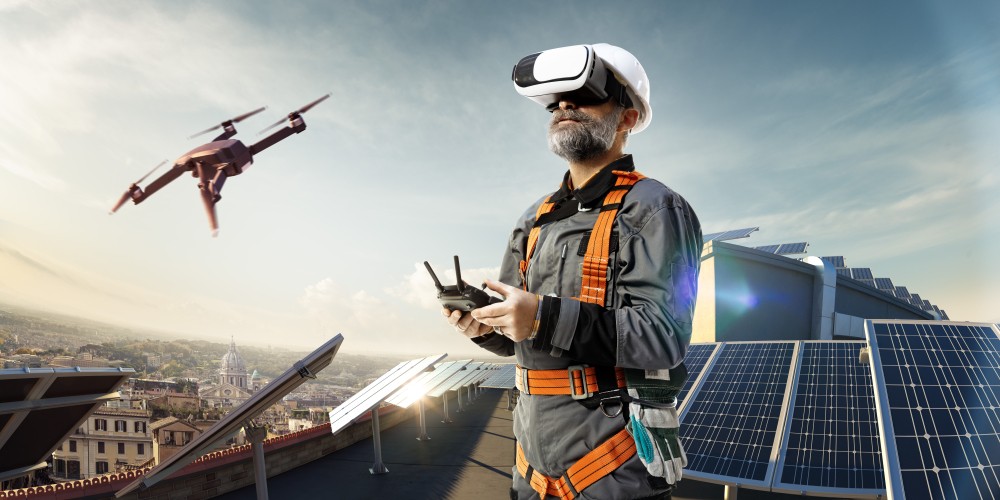TECHNOLOGY
Build Your Next Architectural Masterpiece By Using Virtual Reality

Involving virtual reality (VR) in architecture brings greater depth and clarity in structural designing, design review, and presentation processes.
Building an objectively poor architectural structure is actually difficult in today’s age. Technological advances in architecture have made it easier for builders and architects to get most technical aspects right in their construction projects. In fact, you would be hard-pressed to find many buildings, subways or bridges in your city that contain even basic dimensional or symmetry-related issues. Technologies such as VR, Building Information Modeling (BIM), and 3D printing are some of the main drivers behind the development of architecture and construction. VR, just like it does for healthcare and robotics, transforms architecture through its almost lifelike simulations. The continued emergence of VR in construction makes certain tasks easier for architects, designers and engineers involved in massive projects. Some such tasks are listed below:

Optimizing Architectural Design
Although standard versions of tools such as AutoCAD and Solidworks enable designers to view 3D images of what they’re attempting to create, involving VR in construction projects makes the process of architectural designing even more immersive for them. VR enables architects and designers to virtually create highly detailed designs of buildings and products around them in 3D. They will need to wear VR headsets to view the virtual world in which they are “building” the structure and handheld controllers to give virtual shape to their ideas. Unlike regular 3D design tools, VR allows architects to walk into and around their created structure and also tweak and add or remove material from different parts of the virtual structure. In simple words, an architect can create life-sized virtual buildings even while they’re in the comfort of their living room. Additionally, designing a structure in a VR simulation frees designers from space and scale constraints. Therefore, unlike other design applications, VR tools allow architects to get the ergonomics right in their virtual creation.
Improving Design Review and Client Presentation
As stated above, VR tools create a lifelike simulation in which a headset-wearing designer can walk through and demonstrate his design to his work superior or client. The clients will be wearing their own VR headsets, too, allowing them to view the virtual structure. They can provide their feedback on the various design ideas, materials used and other space and quality-related aspects of the virtual construction. Important factors such as cost minimization and space maximization can be discussed during a virtual walkthrough in the simulation. This shared VR experience also allows your clients to view the ideas and concepts used by your architect—or designer—during a virtual demonstration session. Only VR makes it possible to carry out architectural reviews and presentations in this way. Apart from these two applications, there are several other ways in which the inclusion of VR in construction improves your architectural projects. Incorporating VR to optimize massive construction projects promises to be financially impactful for your business in the long run.
Source link



















You must be logged in to post a comment Login